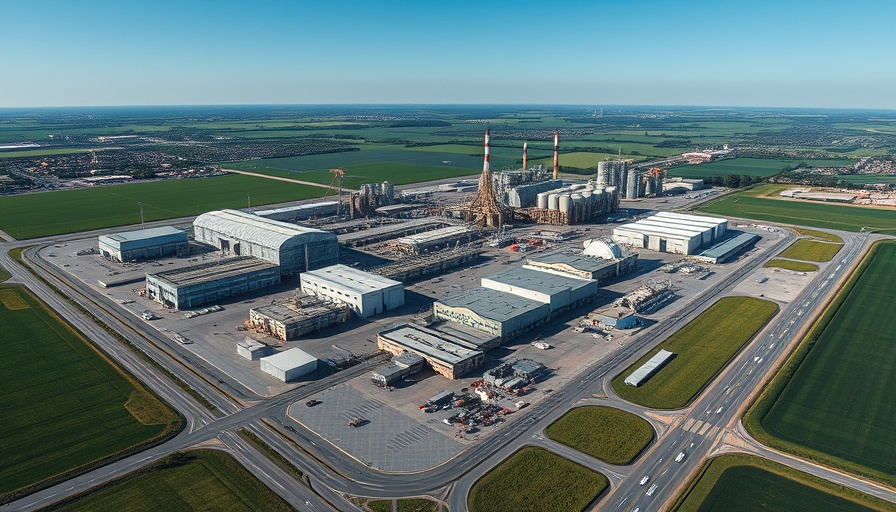
The Fine Line in AI Regulation: Scalpel vs. Sword
When it comes to regulating AI in the construction industry, a nuanced approach is crucial. A broad ban on AI technologies might seem appealing, especially with fears surrounding job displacement and safety. However, this draconian strategy could stifle innovation and deny the industry the efficiencies AI can provide. Implementing a scalpel-like regulation, which retains the benefits of AI while addressing legitimate concerns, is a preference echoed by many experts in engineering and technology.
Why AI Matters in Construction
The incorporation of AI tools in construction can streamline project management and enhance cost-efficiency, pivotal elements for clients and firms alike. From automated scheduling to predictive modeling, AI aids architects and construction managers in making informed decisions while optimizing resources. With the construction industry facing chronic labor shortages, the integration of AI could be the lifeline the sector needs.
Balancing Risk with Opportunity: The Need for Strategic Regulation
While risks associated with AI cannot be ignored—such as ethical dilemmas, data privacy issues, and the replacement of human jobs—the opportunity to elevate project outcomes is immense. The key lies in developing regulatory measures that target specific risks without hampering the overall productivity advancements and quality improvements AI brings. Providing a framework where innovation can thrive while ensuring worker protection feels like the steady middle ground we need.
A Case Against Broad-Ban Regulations
Implementing a blanket ban on AI technology not only disregards its potential benefits but also provokes an unintended side effect—encouraging companies to innovate in secret, out of fear of stringent regulations. This could lead to a fragmented technological landscape rather than a coordinated, safe deployment of transformative tools. It’s reminiscent of bygone eras where innovators worked underground to avoid oppressive regulations, a loss of progress we cannot afford.
The Path Forward: Collaborating for a Comprehensive Approach
This debate often boils down to a balance of tech-savvy solutions and the welfare of the workforce. An inclusive dialogue between industry leaders, regulators, and workforce advocates is essential. Transparent discussions can pave the way for regulations that not only foster innovation but promote safety and training for impacted workers. As more companies begin to leverage advanced technologies, allowing for diverse perspectives will lead the charge towards robust, effective, and sensible AI regulations.
In conclusion, as we navigate this complex landscape, the construction industry stands to gain significantly from a regulatory environment that champions innovation while addressing valid concerns. To effectively implement these ideas, we must advocate for frameworks that encourage responsible technological integration, ensuring that the construction industry evolves without sacrificing the human element it serves.
Want to learn more about how introducing technology can optimize your projects? Contact us today!
 Add Row
Add Row  Add
Add 




Write A Comment